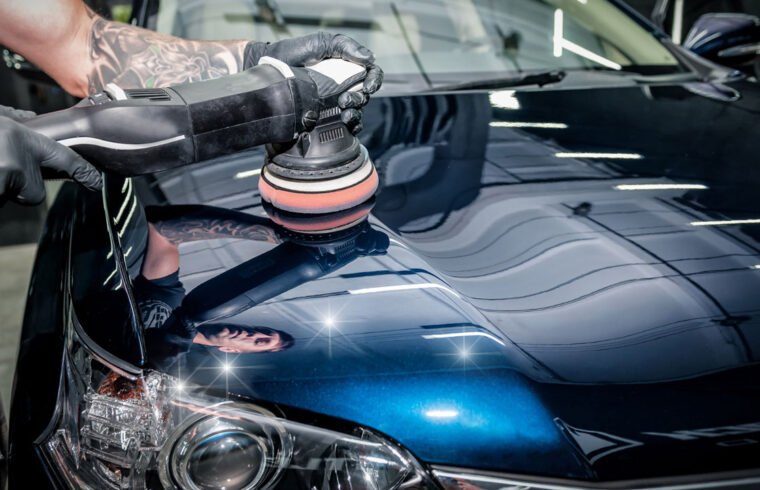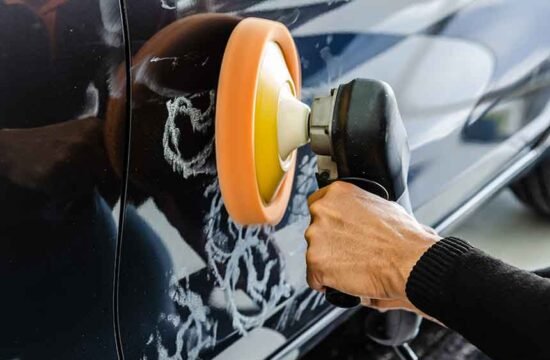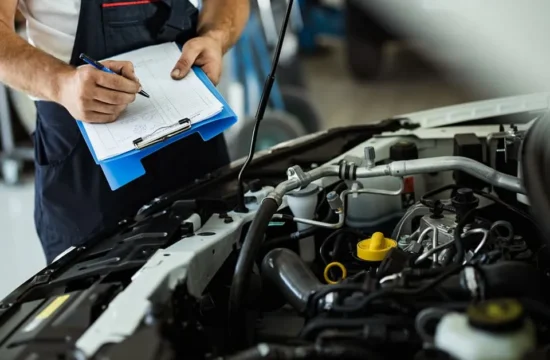Keeping your car looking its best is more than just washing it regularly. Car wax plays a crucial role in maintaining your vehicle’s shine and protecting its paint. It acts as a barrier against harmful elements like UV rays, rain, and road grime, which can cause oxidation and dullness over time. Using the right car wax not only enhances the appearance of your car but also helps preserve its value.
Choosing the appropriate car wax and applying it correctly can make a significant difference in your vehicle’s look and longevity. This guide will walk you through the essentials of car wax, including how to select the best one for your car, how to apply it, and tips for achieving the best results. Whether you’re a car enthusiast or just looking to keep your vehicle in top shape, understanding car wax is essential for maintaining that showroom shine.
What Is Car Wax?
Car wax is a protective coating applied to the surface of a vehicle’s paint to enhance its appearance and safeguard it from environmental damage. Essentially, it’s a blend of natural and synthetic ingredients that form a thin layer on the paint. This layer helps to repel water, dirt, and other contaminants, providing a glossy finish.
There are several types of car wax available, each with its unique properties:
Paste Wax
Paste wax is one of the oldest and most traditional forms of car wax. It typically comes in a solid form and is applied using an applicator pad. Paste wax is known for its durability and deep shine. It requires a bit more effort to apply and remove but offers excellent protection.
Liquid Wax
Liquid wax is easier to apply and remove compared to paste wax. It comes in a bottle and is usually applied using a cloth or an applicator pad. Liquid wax often provides a high-gloss finish and is ideal for quick applications.
Spray Wax
Spray wax is the most convenient type of car wax. It can be sprayed directly onto the car’s surface and wiped off with a cloth. While it might not offer the same level of protection as paste or liquid wax, it’s great for maintaining a shine between more thorough wax applications.
Benefits of Using Car Wax
Using car wax offers several benefits beyond just enhancing your car’s appearance. Here’s why applying car wax regularly is a good idea:
Protection Against Environmental Elements
Car wax acts as a protective shield against harmful environmental factors. UV rays from the sun can cause paint to fade and oxidize over time. Rain and road grime can also contribute to the deterioration of your car’s paint. A good layer of wax helps to block these elements, keeping your car’s paint in better condition for longer.
Enhancing the Appearance of Your Car
One of the most noticeable benefits of car wax is the enhanced appearance it provides. Wax gives your car a glossy, polished finish that makes it look newer and well-maintained. This added shine can make your car stand out and gives it a professional, clean look.
Maintaining the Car’s Value
Regular waxing helps preserve the condition of your car’s paint, which can be a significant factor when it comes to the car’s resale value. A well-maintained exterior can make your car more appealing to potential buyers and potentially increase its market value.
How to Choose the Right Car Wax
Selecting the right car wax for your vehicle involves considering several factors. Here’s how to choose the best option:
Factors to Consider
- Car Paint Type: Different waxes work better with specific types of paint. For example, if you have a metallic or pearlescent paint, look for a wax designed to enhance these finishes.
- Climate: If you live in a region with extreme weather conditions, such as intense sun or heavy rain, choose a wax that offers strong protection against these elements.
- Personal Preferences: Consider how much time you’re willing to spend on waxing. Paste wax might offer the best protection but requires more effort, while spray wax is quicker and more convenient.
Comparing Different Types of Car Wax
- Paste Wax: Ideal for those who want long-lasting protection and a deep shine. It’s more labor-intensive but offers the best durability.
- Liquid Wax: Suitable for those who want a balance between ease of use and effectiveness. It’s easier to apply and provides a good shine.
- Spray Wax: Best for quick touch-ups and maintaining shine between more thorough wax applications. It’s the easiest to use but may not offer as much protection.
Step-by-Step Guide to Applying Car Wax
Applying car wax properly is key to achieving a great finish. Here’s a step-by-step guide to ensure you get the best results:
Preparing Your Car
- Wash and Dry: Begin by washing your car thoroughly to remove any dirt, grime, or old wax. Make sure to dry the car completely before applying wax. Any residual moisture can affect the wax’s adhesion.
- Inspect the Surface: Check for any contaminants or imperfections on the paint. If there are any, you may need to use a clay bar or polish to smooth the surface before waxing.
Application Methods
- Using Applicator Pads: Apply a small amount of wax to an applicator pad and spread it evenly over the car’s surface in a circular motion. Work on small sections at a time.
- Foam or Cloth: For liquid or spray wax, you can use a foam applicator or microfiber cloth. Apply the wax in a thin, even layer and ensure full coverage.
Buffing and Removing Excess Wax
- Allow Wax to Dry: Follow the manufacturer’s instructions on how long to let the wax dry. Typically, it needs to haze over before you can buff it off.
- Buff the Surface: Use a clean, dry microfiber cloth to buff the wax off the surface. Work in circular motions to achieve a uniform shine. Ensure all excess wax is removed to avoid streaks or residue.
Tips for the Best Results
To ensure you get the most out of your car wax, consider these additional tips:
Frequency of Waxing
Regular waxing is essential for maintaining your car’s shine and protection. Depending on your climate and how often you use your vehicle, waxing every three to six months is generally recommended.
Storing Car Wax Properly
Store your car wax in a cool, dry place away from direct sunlight. Extreme temperatures can affect the wax’s effectiveness and consistency. Ensure the container is tightly sealed to prevent it from drying out.
Common Mistakes to Avoid
- Applying Wax to a Dirty Car: Always ensure your car is clean and dry before applying wax. Dirt and debris can scratch the paint during application.
- Using Too Much Wax: Applying too much wax can make it difficult to remove and may leave a residue. Use a small amount and apply it thinly.
Frequently Asked Questions (FAQs)
How often should I wax my car?
It is generally recommended to wax your car every three to six months. However, this can vary based on your driving conditions and local climate.
Can I use car wax on all types of paint?
Most car waxes are suitable for various paint types, but it’s best to check the label to ensure compatibility. Special formulations are available for specific paint types, like metallic or matte finishes.
What should I do if I accidentally get wax on plastic parts?
If wax gets on plastic parts, use a damp cloth to gently wipe it away. For stubborn residues, a mild plastic cleaner can help remove any leftover wax without damaging the plastic.
Conclusion
Car wax is more than just a cosmetic enhancement for your vehicle. It plays a vital role in protecting your car’s paint and preserving its appearance. By choosing the right wax and applying it correctly, you can ensure your car maintains its shine and value. Regular maintenance and proper application techniques will keep your vehicle looking its best for years to come.










